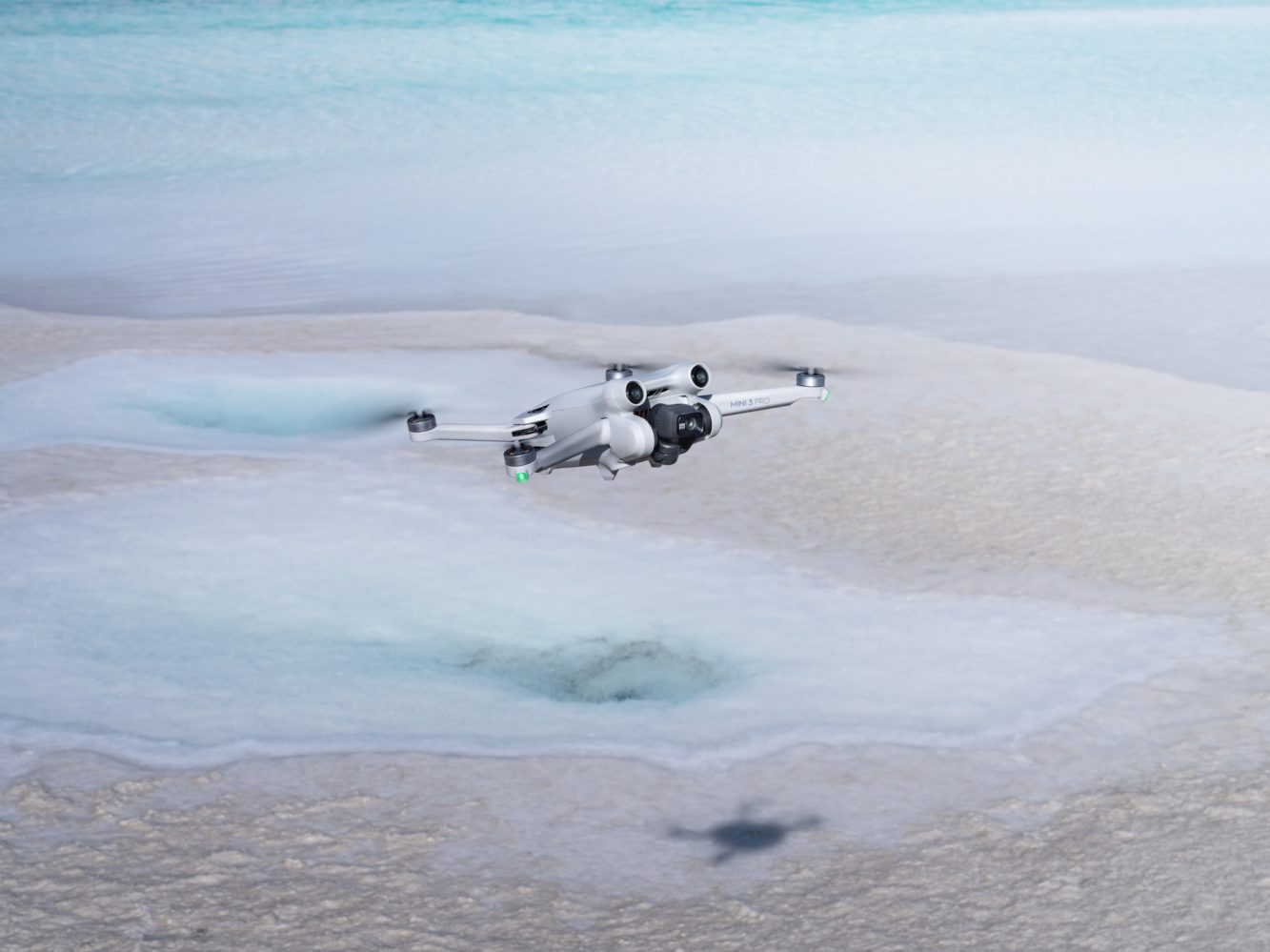
I’ve had the chance to fly DJI’s Mini 3 Pro for the past few weeks, and it has quickly proven itself as a top player in DJI’s lineup of drones. But is it everything we have waited for? Check out our DJI Mini 3 Pro review below.
When DJI put Pro at the end of the Mini 3’s name, they meant it. The Mini 3 Pro’s spec list is intense, and anyone that was before flying the Mini 2 will be blown away if they make the upgrade. Sporting similar features as the Air 2S, the Mini 3 might shake up your decision about which drone to buy next.
Overall my experience with the Mini 3 Pro has been excellent. It is crazy to have something so powerful in such a light and small package. As always, the build quality is fantastic, I already had a run-in with a tree during testing, and I could pick it up, rub off some dirt, and start flying again.
The Mini 3 is packed with features, from Active Track and Spotlight to being able to turn the camera verticle for photos and video. Unfortunately, I didn’t get a chance to try out everything, so stay tuned for more in-depth reviews of specific features of the Mini 3 Pro in the future.
Crusher of wind – new design really helps with stability
Like many things, The Mini 3 Pro takes a lot of design and features from DJI’s Mavic and Air lines of drones. The newly designed airframe allows for more stability while flying and hovering. It has larger blades than the Mini 2 and sports a more leaned-back stance in the air, so most wind conditions shouldn’t be an issue.
With the increased flight stability, I had no issue flying the Mini 3 higher and farther than I would have typically done with the original Mavic Mini. Even on days when winds came close to the drone’s rated wind resistance, the Mini 3 could still bring back stable footage.
48MP raw photos make editing a delight
For me, the most exciting part of this drone is the camera, particularly for stills. With an F1.7 aperture and support for capturing RAW images, the Mini 3 destroys low light scenarios. Like the Air 2S and Mavic 3, the raw images are DNGs. While they don’t give as much room for editing as RAW formats from DSLRs, they are leaps and bounds above JPGs or PNGs only.


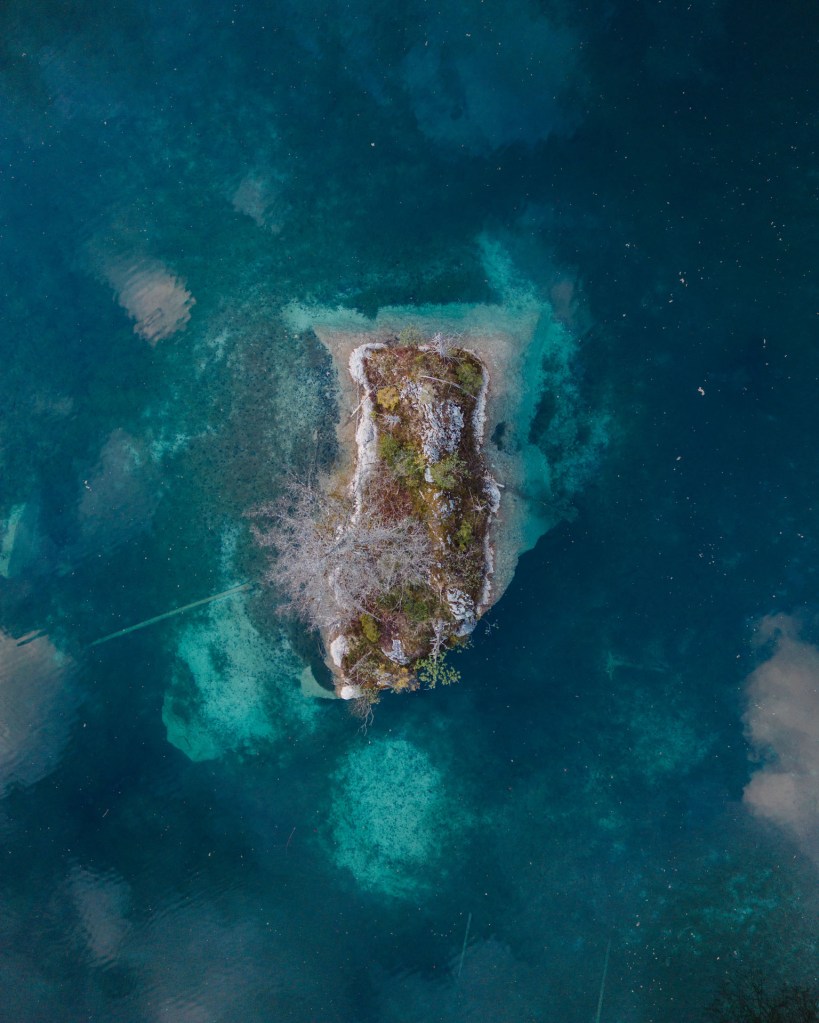
As a long-time photographer, the Mini 3 supporting RAW images would get me excited to push myself out there and take more drone shots. This is DJI’s first drone with DNG support in the Mini lineup, allowing for more power from photos you capture while hiking, biking, or just a day at the park.
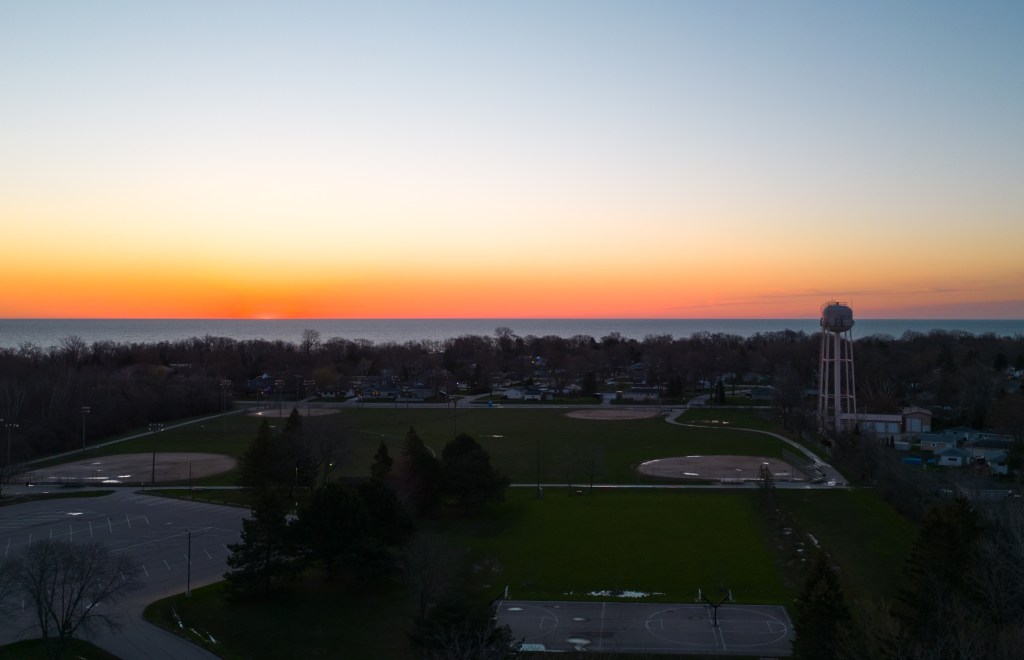
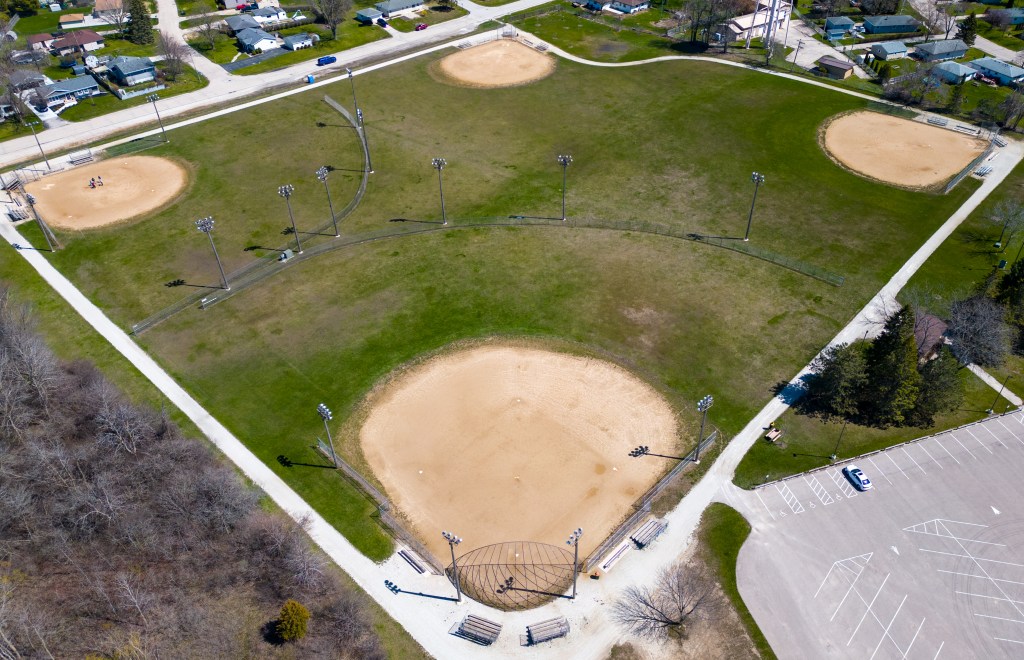
Visibility is an issue out of the box, but DJI didn’t help us much
Now, this isn’t just a Mini 3 issue, not even just a DJI issue, but the small size of the Mini 3 Pro makes it hard to keep the drone visible at farther distances. This is compounded with DJI’s grey color scheme making it extremely hard to see against clouds or even the clear blue sky.
A remedy to this issue is lights. All drones have them, and DJI added more to the Mini 3. It’s impressive that they found room in the weight budget for an extra light, but they did. The issue is that the lights are on the front arms only, so if you fly the Mini 3 away from you, they aren’t visible. I would have preferred the two lights be on the bottom still, similar to what the Mini and Mini 2 had.
Anyway, sub-250 gram drones aren’t really designed to fly that far away from you, and as I’ll talk about later, I think the front-facing lights make sense for who this drone is for.
Active Track is great but a little blind
Did anyone see this truly coming before the leaks? Yeah, it was going to come eventually, but DJI really came out swinging with this drone to make sure it was the top dog of ultra-light drones. Having both Active Track 4.0 and three-directional obstacle avoidance means you get all the same features of the Air 2S and Mavic 3.
While Active Track has some more room to make up versus Skydio’s tracking system, DJI’s complete package is the best in the business. However, some issues seem persistent with drones only supporting front, back, and bottom obstacle avoidance. As a result, they seem to be blind to the side and sometimes make poor decisions in tracking or fly sideways into a tree (in my defense, I wanted to see if putting the rear sensors in the front gave them more sideways sensing, but it doesn’t really).
Of course, sacrifices have to be made to meet weight or price points, and saying the Mini 3’s obstacle avoidance is bad because they couldn’t fit side sensors wouldn’t be correct. I’ve been saved already a few times by it. It’s important to note and understand that the Mini 3 won’t be able to see everything just because it now has obstacle avoidance.
DJI’s RC is a game changer
You get two options for controllers on the Mini 3 Pro: the returning RC-N1 controller and the brand new RC controller with a built-in screen. While reviewing the Mini 3, I had to switch back and forth between the N1 controller when flying the Air 2S and Autel’s controller for the Nano and Lite drones. However, each time I went back to the RC, I was excited to turn it on and fly with it.
It’s light enough that you don’t get tired holding it for long periods but has enough weight to feel good in the hands. It looks to have a slightly raised plastic lip around the screen that could offer some protection against drops, but if you are someone who drops their phone a lot, a screen protector might be a good investment when they become available. The joysticks have a good amount of resistance while also being very smooth. Finally, the addition of remappable control buttons on the back was a welcome surprise since those could have been an easy cost-saving removal.
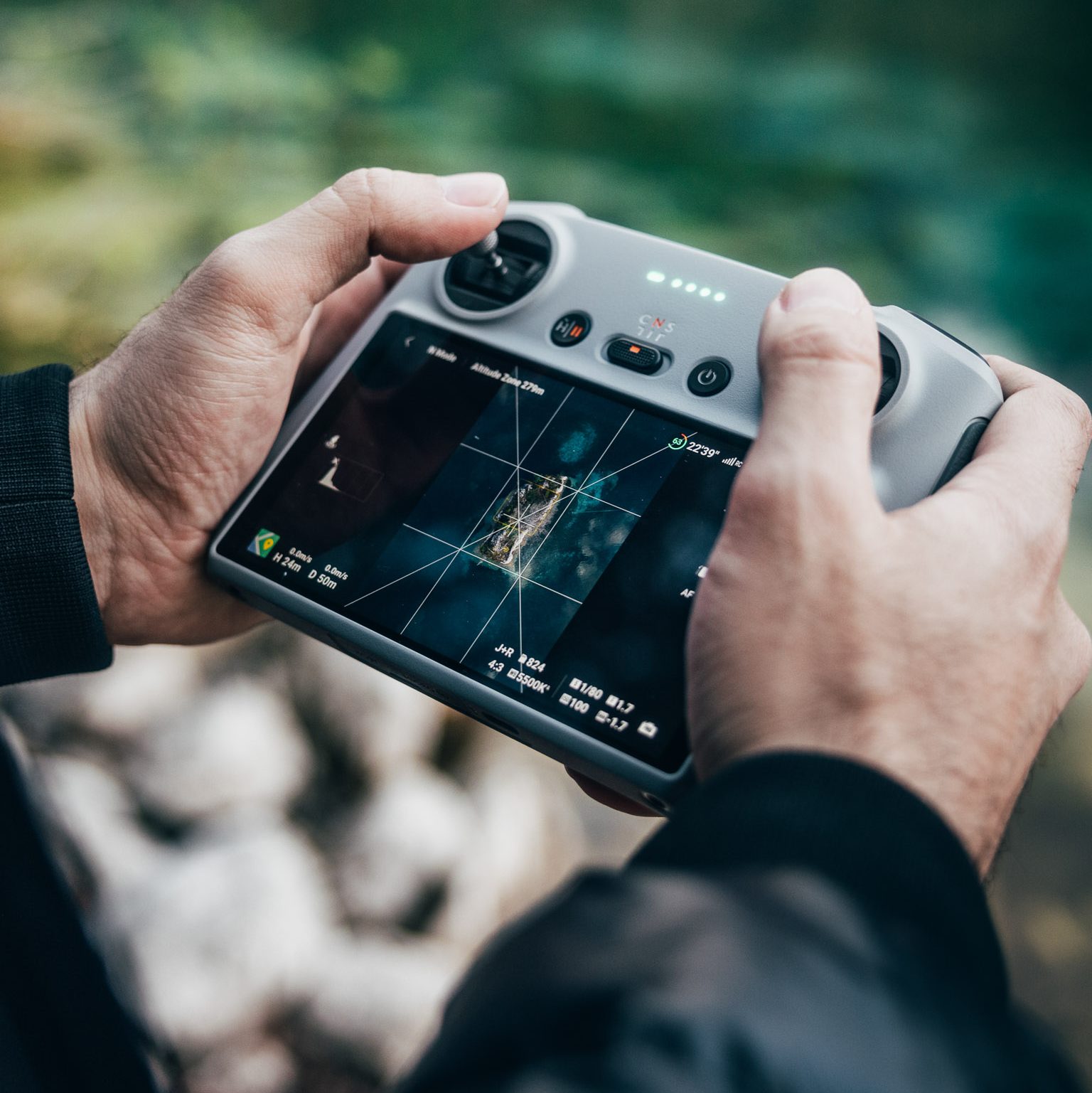
Sporting many similarities to DJI’s RC Pro (we will have a proper comparison between the two soon), the RC makes flying much more enjoyable. The battery lasts longer than my iPhone 12 ever did, and the screen is bright enough to see details on cloudless days.
What baffles me are the ports at the bottom. The Mini 3 features two USB-C ports and a spot for a micro-SD card. The confusing part is one USB-C port is left out of the protective flap, allowing for water, dust, or other items not wanted near your electronics to get in. Why DJI didn’t just put all three ports under a flap is beyond me, but this is something to note. Another gripe is no support for third-party apps, only the DJI Fly app can be installed on the RC. Also, with only 8 GB of onboard storage, most of that already being taken up by the system, there won’t be a lot of room for third-party apps if support comes in the future.
If you have room in your budget to splurge a little for the bundled RC, do it. You won’t regret it. It’s much better than the N1 controller, and freeing your phone up is a huge plus.
Who is the Mini 3 Pro for? Beginners? Professionals?
This is a tricky question. The Mini 2 and original Mavic Mini have been long focused on the entry-level drone market. However, the Mini 3 Pro seems to stray away from that path in both specs and price. However, it brings that unique feature of vertical video and photos for social media-focused content. You could even argue that obstacle avoidance is best suited for entry drone pilots as they learn to fly. So who’s the market?
I think with the price increase to $759 for the Mini 3 Pro and N1 controller, a lot of the entry-level market will move to the Mini SE (maybe a Mini SE 2 in the future). But for the prosumer market, those of us who were forced to choose between the Air 2 or Air 2S, the Mini 3 Pro might have found a nice spot in the market to sit.
The Mini 3 Pro is the perfect drone for social media influencers to get uncropped vertical videos of the latest dance from the sky. It’s lightweight and small enough for adventurers to get some quick photos of their latest hike or tracking shot of biking through a trail. Where this drone might shine is filling a little bit of the gap for those looking to get some paid jobs. DJI already expected it to cut into the Air 2 sales, which is why it has been on sale for the past few weeks, and it could eat a little bit into the Air 2S sales if buyers deem sub-250 grams more important than a 1-inch sensor, Air Sense, or 5.4K video.
The Mini 3 Pro is available for pre-order on DJI’s website and authorized retail partners today in three configurations. The cheapest is the drone by itself for $669, with the RC-N1 controller for $759 and with DJI’s RC for $909. Optionally, you can also buy Fly More Kits, similar to Fly More Combos except sold separately with no drone or controllers.
FTC: We use income earning auto affiliate links. More.




Comments